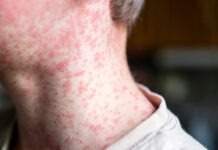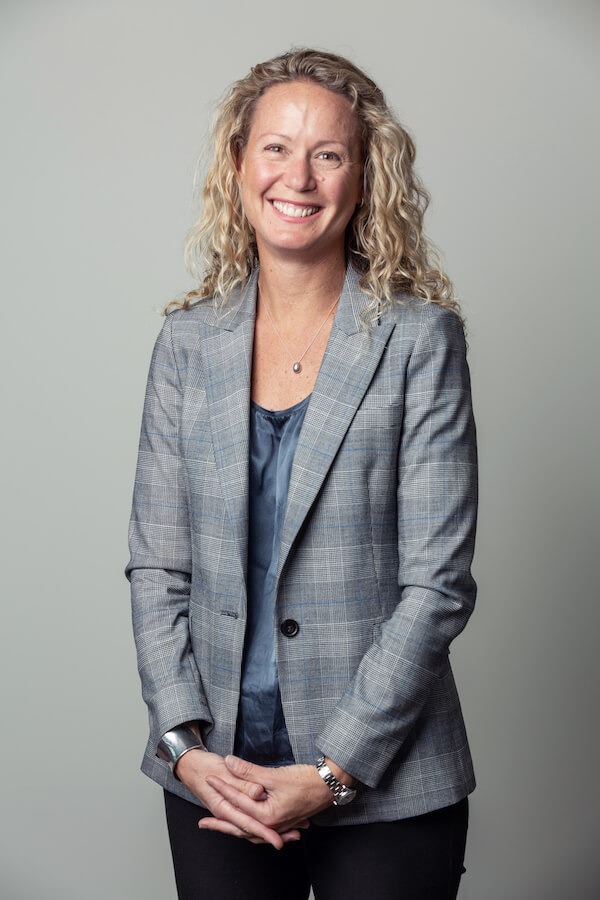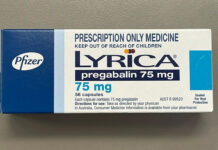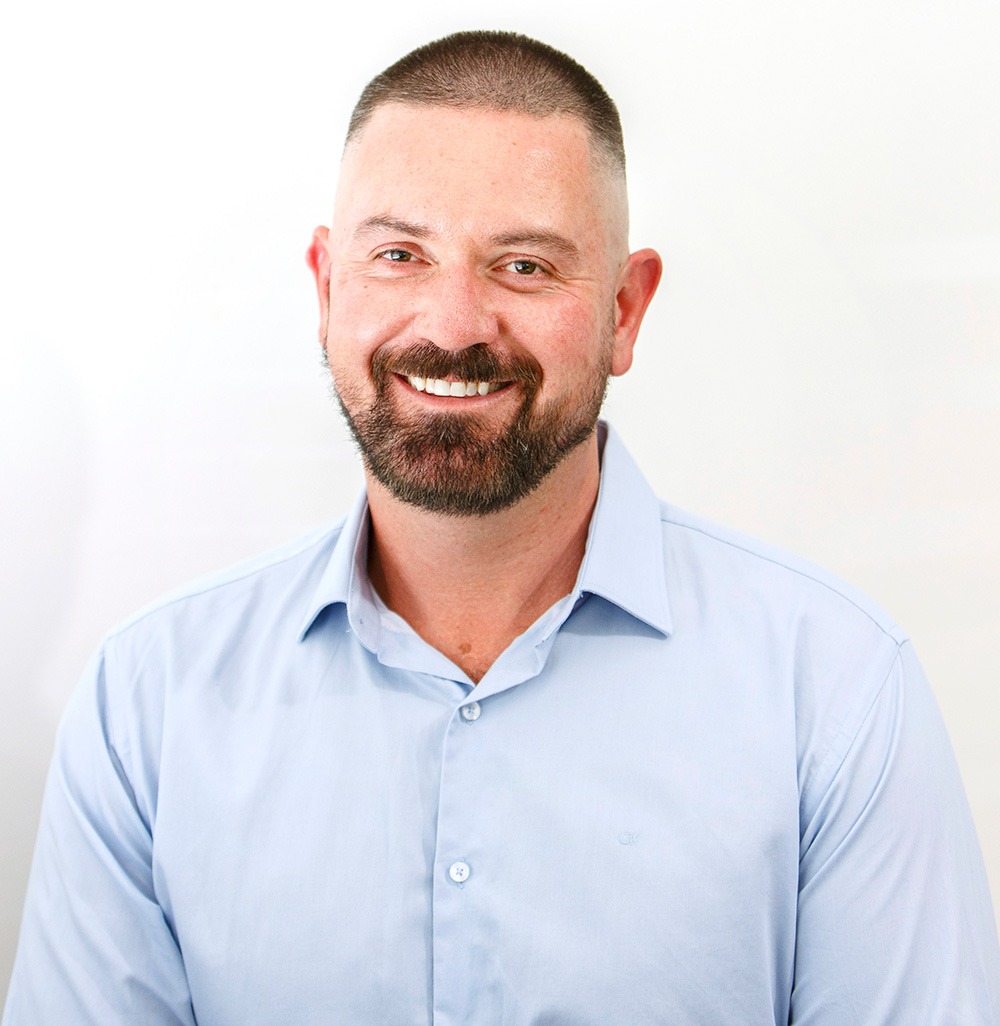Childhood cancer is the leading cause of death due to disease in the paediatric cohort. Each year, around 800 Australian children are diagnosed with cancer, with 200 being central nervous system (CNS) tumour diagnoses.
It’s common for parents to present to multiple care providers prior to a diagnosis of brain cancer. To address this, the UK’s HeadSmart initiative was able to decrease the median time from symptom presentation to brain cancer diagnosis from 3.3 months to around 6 weeks, said Dr Steve Foresto, paediatric oncologist at Queensland Children’s Hospital.
‘Over the last 40 years, there have not been enough improvements in childhood malignant brain cancer management, despite better imaging modalities, improved surgical techniques and newer chemotherapy agents,’ he said.
‘But improvements in early detection could translate into better survival or less morbidity from the treatments that children need.’
Here’s how pharmacists can harness their expertise and community relationships to facilitate these life-saving outcomes.
Why is brain cancer in children so difficult to diagnose?
Diagnosis of brain cancer in children is challenging, often because it’s rare.
‘Many clinicians will never manage a patient with childhood cancer,’ said Dr Foresto. ‘In fact, childhood cancer represents less than 1% of all cancer diagnoses in Australia.’
Non-specific signs and symptoms at presentation can also delay diagnosis. ‘They can mimic many common illnesses such as viral illness, which can lead to vomiting and lethargy,’ he said.
The types of brain tumours encountered in children are very different to those in adults, said Dr Foresto.
‘The most common tumour we treat is low-grade glioma,’ he said. ‘Medulloblastoma, ependymoma, diffuse midline glioma and paediatric high-grade gliomas also represent common tumours we manage.’
The typical locations of tumours often differ too. ‘In infancy, the tumours are frequently supratentorial, which may result in a rapid increase in head circumference,’ said Dr Foresto.
‘In childhood, a large percentage are in the posterior fossa, which often present with significant unsteadiness, speech changes and eye movement changes.’
While environmental or exposure factors could cause tumours to grow in adults, around 10–20% of all childhood cancers, including brain cancers, are related to a genetic predisposition, said Dr Foresto.
‘That’s why it’s important for children with a strong family history of malignancy to have appropriate surveillance testing,’ he said.
How can pharmacists detect the red flags?
Many parents go to their trusted pharmacist for advice about their child’s headaches or nausea, said Dr Foresto.
‘Because of the non-specific nature of how children can present, pharmacists can be integral to [identifying] many of those initial symptoms.’
Dr Foresto said these include:
- persistent vomiting, especially in the morning
- persistent headaches
- head tilt
- back pain
- unsteady balance
- abnormal eye movements.
Pharmacists should be alert to a parent or carer’s frequent requests for analgesia and/or anti-nausea medicines for their child.
This should prompt pharmacists to ask if the child is experiencing any other symptoms, or if changes have been identified in their behaviour.
‘If parents come in with strong concerns about poor weight gain and nutrition, that’s another opportunity for pharmacists to assess if there could be a reason behind it,’ said Dr Foresto.
A recommendation from pharmacists can empower families to take the next step.
‘Lots of parents stress that they are over-interpreting things,’ he said. ‘But having a conversation with the pharmacist can help families feel much more comfortable getting help.’
When can pharmacist-assisted diagnosis be life-saving?
Retinoblastoma, a type of CNS cancer usually affecting children under 5 years of age, is the most common eye tumour Dr Foresto manages. With early detection, it has cure rates >95%.
‘Treatment might mean local therapy to the eye, or eye removal plus or minus chemotherapy,’ he said.
But if undetected, retinoblastoma can metastasise through the orbit and CNS.
‘The cure rate is then very low despite intensive chemotherapy, radiation and high-dose chemotherapy with stem cell support.’
During infant checks, such as a baby weight service, Dr Foresto explained that pharmacists can identify any abnormalities that could be signs and symptoms of retinoblastoma, such as:
- absent red reflex
- a white glow in the eye (leukocoria)
- pain in the eye.
‘While this does not necessarily mean retinoblastoma, as there are other differential diagnoses, prompt referral to an eye care specialist is needed,’ he said.
What are the referral pathways?
When any red flags are identified, pharmacists should refer patients to a GP or hospital for further investigation.
In rural and regional areas, where pharmacists are often the go-to healthcare practitioners given the shortage of GPs, a referral or discussion with the local hospital is advised, said Dr Foresto.
But how the topic is broached with parents is important to consider. For example, pharmacists could say, ‘it can be unusual for children to have persistent headaches for a couple of weeks. I wonder whether we need a review from a GP or the hospital’.
‘Or, “morning vomiting can be unusual in kids when it persists for a couple of weeks. It might be worthwhile getting checked out by your local hospital or GP, because usually a viral illness would have resolved by now”,’ he said.
What are the benefits of expediting diagnosis?
Reducing the time from symptoms to diagnosis can prevent excessive testing, and help with commencement of timely investigation and management, said Dr Foresto.
‘Early detection of a brain tumour can sometimes mean the difference between having, and not needing, a resection,’ he said. ‘It can also mean [preventing] a tumour growth that’s led to hydrocephalus, and needing an intervention.’
One of Dr Foresto’s recent patients, a 1-year-old child was lucky to have a tumour diagnosed early, following referral from their child health nurse for investigation of a left-sided head tilt and decreased use of the left arm.
‘An MRI of the head and neck demonstrated a glioma in the cervicomedullary spine,’ he said.
Following debulking surgery, the child is well and on targeted therapy with a mitogen-activated protein kinase (MEK) inhibitor. If not detected promptly, the prognosis would not be so positive.
‘It could potentially mean acute deterioration and needing paediatric intensive care unit support and emergency surgery in the short term,’ said Dr Foresto. ‘In the long term, it could mean a worse neurological functional recovery from a limb movement perspective.’
When no more can be done
For higher-grade malignancies in children, the survival rate can be around 50–60%, said Dr Foresto.
‘But for some tumours, there are no treatments, which is where palliative therapy becomes really important,’ he said.
One of Dr Foresto’s patients, an 11-year old girl who transferred from a rural health service, presented due to parental concern over increasing clumsiness and right eye outwards rotation.
While an MRI showed a midline brain tumour, a biopsy demonstrated a diffuse midline glioma, H3-k27 altered.
‘This is a devastating incurable childhood brain tumour,’ he said. ‘The patient has now commenced palliative radiation.’
While early detection would not have impacted survival, it helps with improving symptom relief promptly.
‘Good quality palliative care and quality of life support are just so crucial,’ added Dr Foresto.



 Professor Margie Danchin[/caption]
Professor Margie Danchin[/caption]

 Dr Peter Tenni[/caption]
Dr Peter Tenni[/caption]
 How should we deprescribe gabapentinoids, according to the Maudsley Deprescribing Guidelines[/caption]
How should we deprescribe gabapentinoids, according to the Maudsley Deprescribing Guidelines[/caption]



 Pharmacists have always prescribed, but they have the potential to prescribe much more
Pharmacists have always prescribed, but they have the potential to prescribe much more




